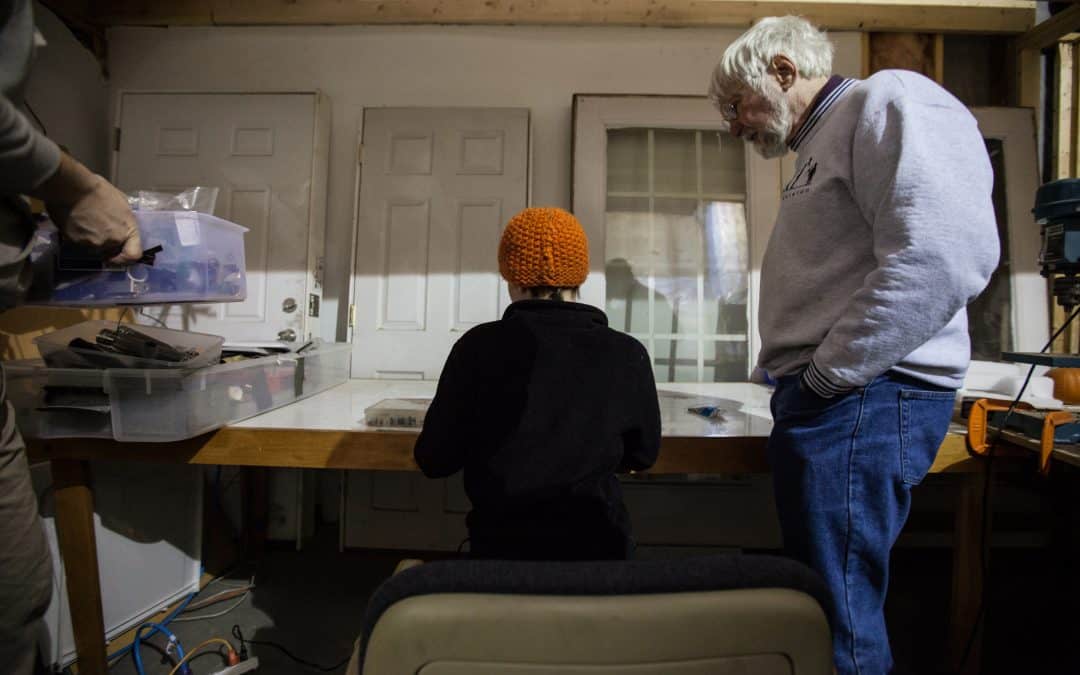It’s that time of year – students and teachers are headed back to the classrooms. Are you ready and excited?! It’s officially time to study according to the calendar, but does one really need to wait for school to start to share wisdom or gain knowledge? In our opinion that pair doesn’t take the summer off, and, hopefully, neither did you! With a dynamic makerspace, like the Open Bench Project, learning becomes a year-round passion and academic institutions are taking note.
According to educause.edu, many schools have been quick to recognize the value of makerspaces. For example, at Wheaton College, the WHALE Lab (Wheaton Autonomous Learning Lab) is an “interdisciplinary makerspace where students embroider, solder, weld, sculpt or otherwise design and manufacture creative projects.”
Other examples include the ThinkLab at the University of Mary Washington and the FabLab at Stanford University. Case Western Reserve University’s ThinkBox has 50,000 square feet of space. Makerspaces are becoming an integral part of learning and it doesn’t start at the university level. Primary and secondary schools, as well as public libraries, across the country, are joining the Maker Movement. Spaces are popping up in classrooms, back closets, and conference rooms according to makerspace expert Diana Rendina.
It’s easy to understand why educators would go to such great lengths to set up a dedicated area for encouraging creative minds to explore and solve big problems. It gives students a chance to see what they can do when they aren’t limited by multiple choice answers. These spaces help students try things out and explore ideas that without the tools and resources in the makerspace, they would never have had the opportunity to sample on their own. It goes without saying that creativity is a valuable resource… and a makerspace is the perfect tool to enhance and channel it.
“Makerspaces provide hands-on, creative ways to encourage students to design, experiment, build and invent as they deeply engage in science, engineering and tinkering.”
~Jennifer Cooper
Educator Gary Stager, Ph.D explains, “In the future, science assessments will not gauge students understanding of core ideas separately from their abilities to use the practices of science and engineering. They will be assessed together, showing that students not only understand science concepts but also that they can use their understanding to investigate the natural world via the practices of inquiry or solve meaningful problems through engineering design.”
According to an article in the Teacher Librarian “maker education fosters curiosity, tinkering, and iterative learning, which in turn leads to better thinking through better questioning. This learning environment fosters enthusiasm for learning, student confidence, and natural collaboration.
Ultimately, the outcome of maker education and educational makerspaces leads to determination, independent and creative problem solving, and an authentic preparation for the real world by simulating real-world challenges. In short, an educational makerspace is less of a classroom and more of a motivational speech without words.”
We couldn’t agree more! So, come on down – year-round – to your own local makerspace at The Open Bench Project and let the learning continue!
And then some,
Your Friends @ OBP


Recent Comments